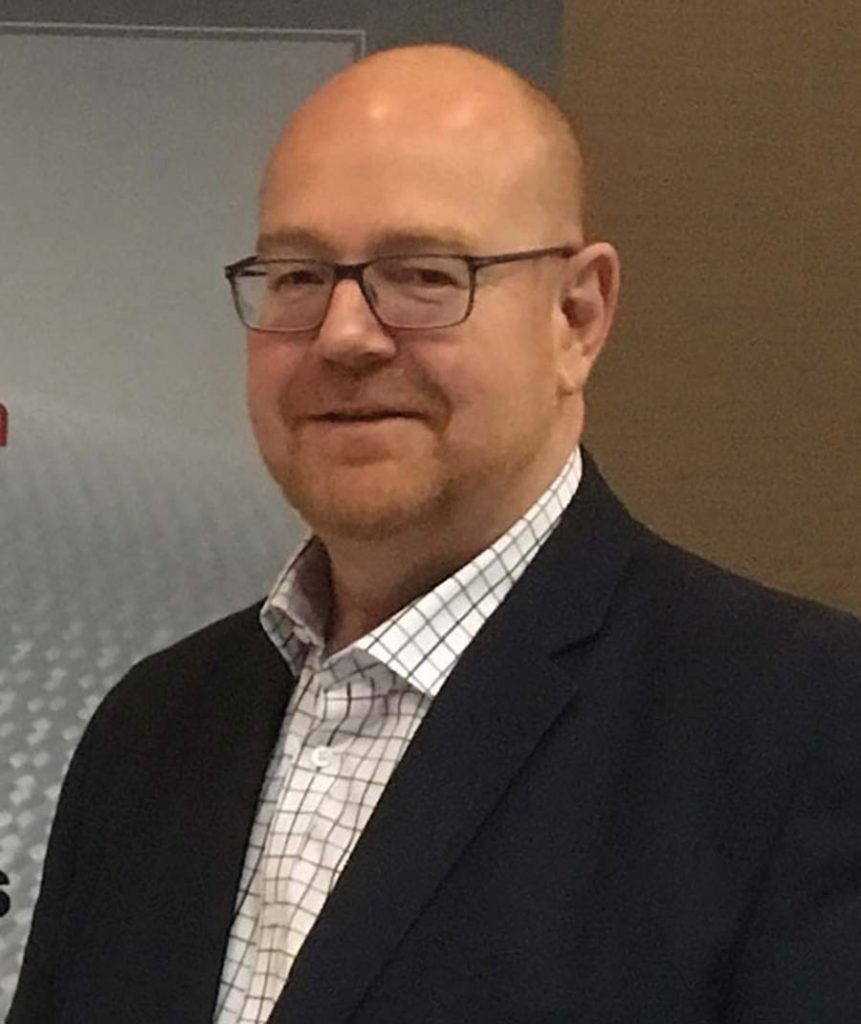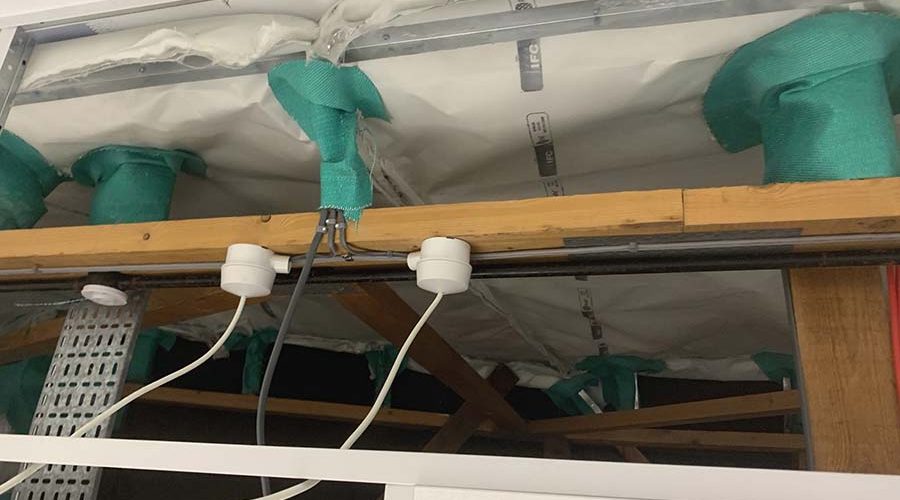Martyn Rolfe, Firefly Sales Director at TBA Protective Technologies, talks to Public Sector Build Journal about the role of fire barriers and explains how the landscape of fire safety has changed considerably since the Grenfell Tower tragedy.
TBA Firefly
PSBJ: When specifying fire barriers, what’s the most crucial element an architect or specifier should consider?
MR: Always check that the correct and current certification for the application you require is in place for the product you are proposing to specify. This is best sourced from the certifying body’s website to ensure that it is up to date and that the product will perform to your requirements.
PSBJ: How effective is compartmentation in limiting fire spread?
MR: Flexible fire barriers when correctly installed, and working in conjunction with the compartmentation partitions, are a cost-effective method of extending the compartment line without compromising the overall performance of the partition.
PSBJ: What third-party accreditations should architects and specifiers be looking out for?
MR: Architects and specifiers should look for independent UK certification for the manufacturer’s products from one or more of the following certification bodies: IFC, BRE, Fireas, Exova, Warrington or the LPCB.
PSBJ: How essential is it to use a manufacturer-approved installer?
MR: It is a recommendation from most manufacturers that an installer’s operatives have undertaken the relevant installation training. It is also often a requirement that the fire stopping or barrier installer’s company is independently certified for its own right to undertake the works. Unfortunately, I have recently witnessed non-compliant installations by untrained installers; this ultimately resulted in the barriers having to be removed and reinstalled, which was disruptive and costly.
PSBJ: What’s the biggest challenge faced by local authorities to ensure fire safety compliance across its assets?
MR: I think one of the biggest challenges is probably quantifying the existing problems across the multiple different properties that comprise their estates. It’s then an issue as how best to remediate them where necessary.
PSBJ: In your opinion, how has the Grenfell Tower tragedy affected the landscape of fire protection?
MR: It has brought fire protection under intense scrutiny, and has been an example of past failings that must never be repeated. The Grenfell Tower tragedy has directly led to an increase in standards and compliance in fire protection throughout construction.
PSBJ: How easy are fire barriers to retrofit into buildings that are already operational and providing essential services, such as hospitals and schools?
MR: It really depends on the local conditions with things such as ease of access, performance required and buildability all being factors that come into play. However, these things notwithstanding, we have several current school and hospital projects that are being retrofitted, and whilst they are challenging, they are proving that they can be installed to a certifiable standard.
PSBJ: In the case of fire barriers, what are their strongest features that guarantee their effectiveness?
MR: I believe that the integrity figure (resistance to the passage of smoke and flame) is one of the most important criteria, as potentially this means that the smoke and flames can be contained for up to two hours, which allows the building occupants to escape.
PSBJ: What do you think the future holds for fire protection solutions?
MR: I believe that fire protection will become much more regulated, both from an installation and certification of the materials point of view, with further advances to come in new materials and system solutions. There is scope for improving the combination of products to provide more of a one-stop-shop for solutions with every component being tested and certified.
PSBJ: Lastly, is there enough training/CPDs available to architects and specifiers on fire integrity and containment?
MR: We believe that there are a raft of suitable training schemes, but it is always worth checking that the CPD has been accredited, and that the products being discussed are certified for use in the proposed applications. We have recognised the need for more education and training and have launched our own CPD with an online version via our website. It can also be delivered to groups virtually, or in person if required.

Martyn Rolfe is Firefly Sales Directorat TBA Protective Technologies






